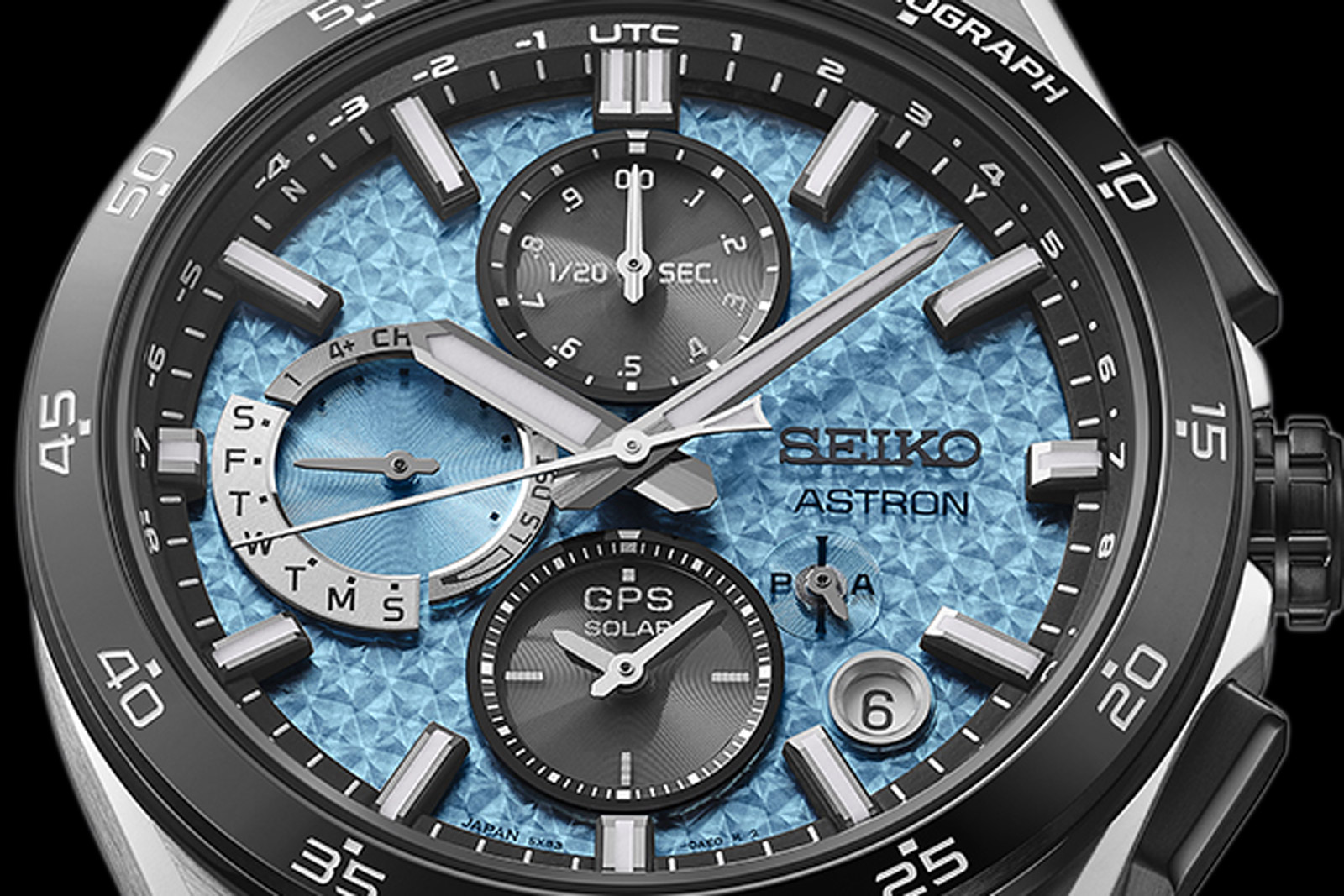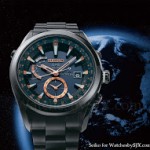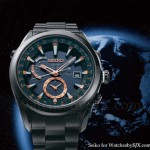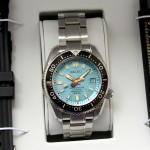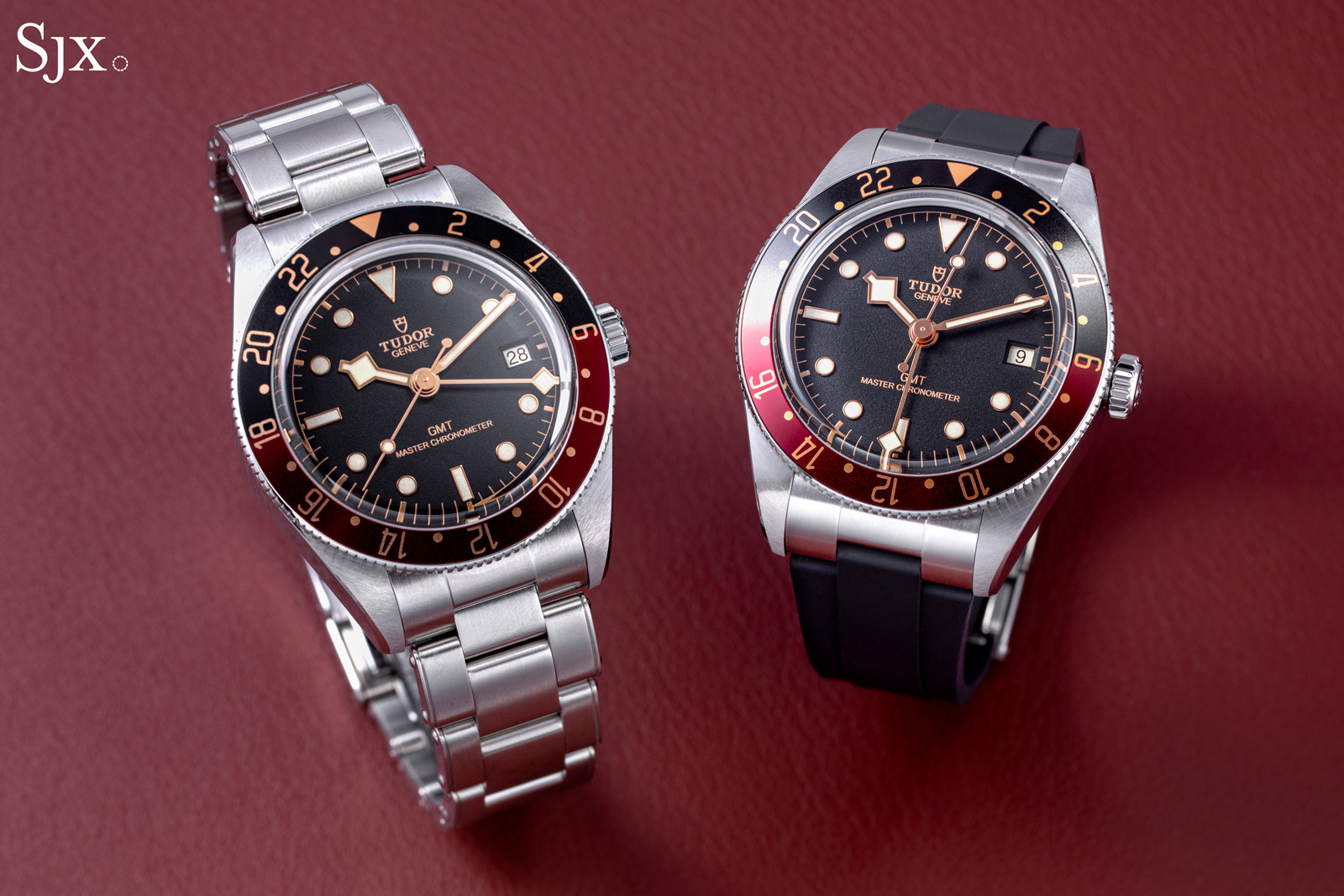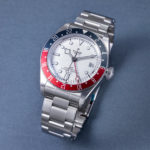For Tudor, 2024 was a year of safe bets, with the only completely new model family, the Black Bay 58 GMT, being an almost guaranteed success from the get-go. Overtly referencing sought-after vintage GMT Master models from sister brand Rolex, the BB58 GMT further solidifies Tudor’s dominant position in its category.
While the big story last year was Tudor’s move out of its parents’ basement and into its own manufacture in Le Locle, this year was comparatively tame, focused on expanding the line-up of METAS-certified Black Bay models.
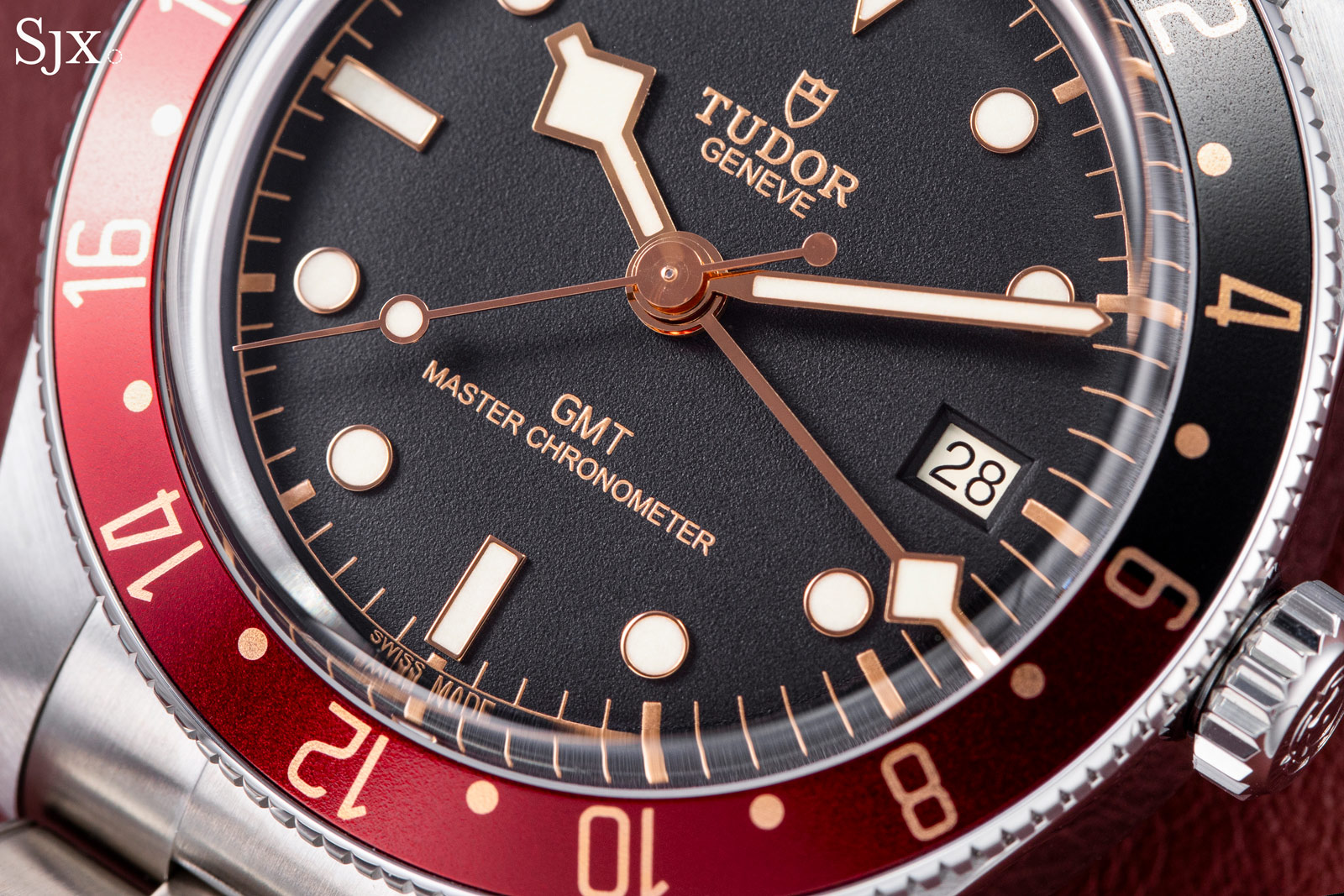
Initial thoughts
Tudor is one of the Swiss watch industry’s great success stories of the last decade. In a market in which high-end products have enjoyed the lion’s share of growth, Tudor has achieved an enviable market position by consistently improving design and quality while maintaining affordable pricing.
The brand is also listening to the community, and introducing products that are likely to have built-in demand; the BB58 GMT is emblematic of this formula.
Beyond its signature gilt accents and black and burgundy “Coke” bezel, the big story is of course the packaging of a true “flyer” GMT functionality in the smaller Black Bay 58 case format.
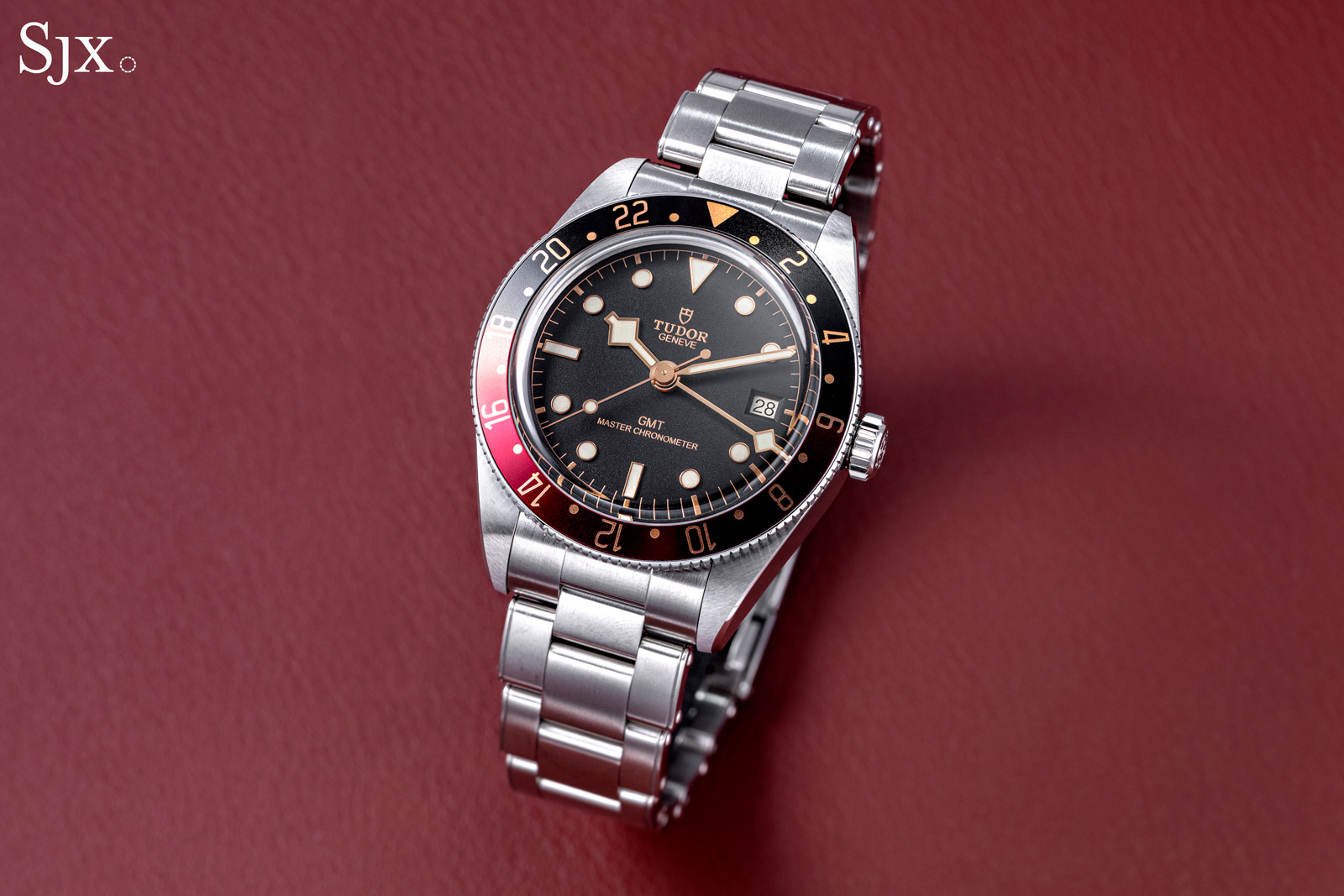
The original Black Bay GMT, introduced in 2018, was beefier, at 41 mm in diameter and nearly 15 mm thick (14.6 mm to be specific). The Black Bay Pro shrunk the diameter to 39 mm, but the thickness stayed the same, resulting in a watch that felt overly thick.
The New BB58 GMT addresses this issue, trimming 1.8 mm from the thickness to create a product that feels much more sleek in the hand and on the wrist.
One of the only areas that misses the mark is the typography on the dial, which is generic and lacks character.
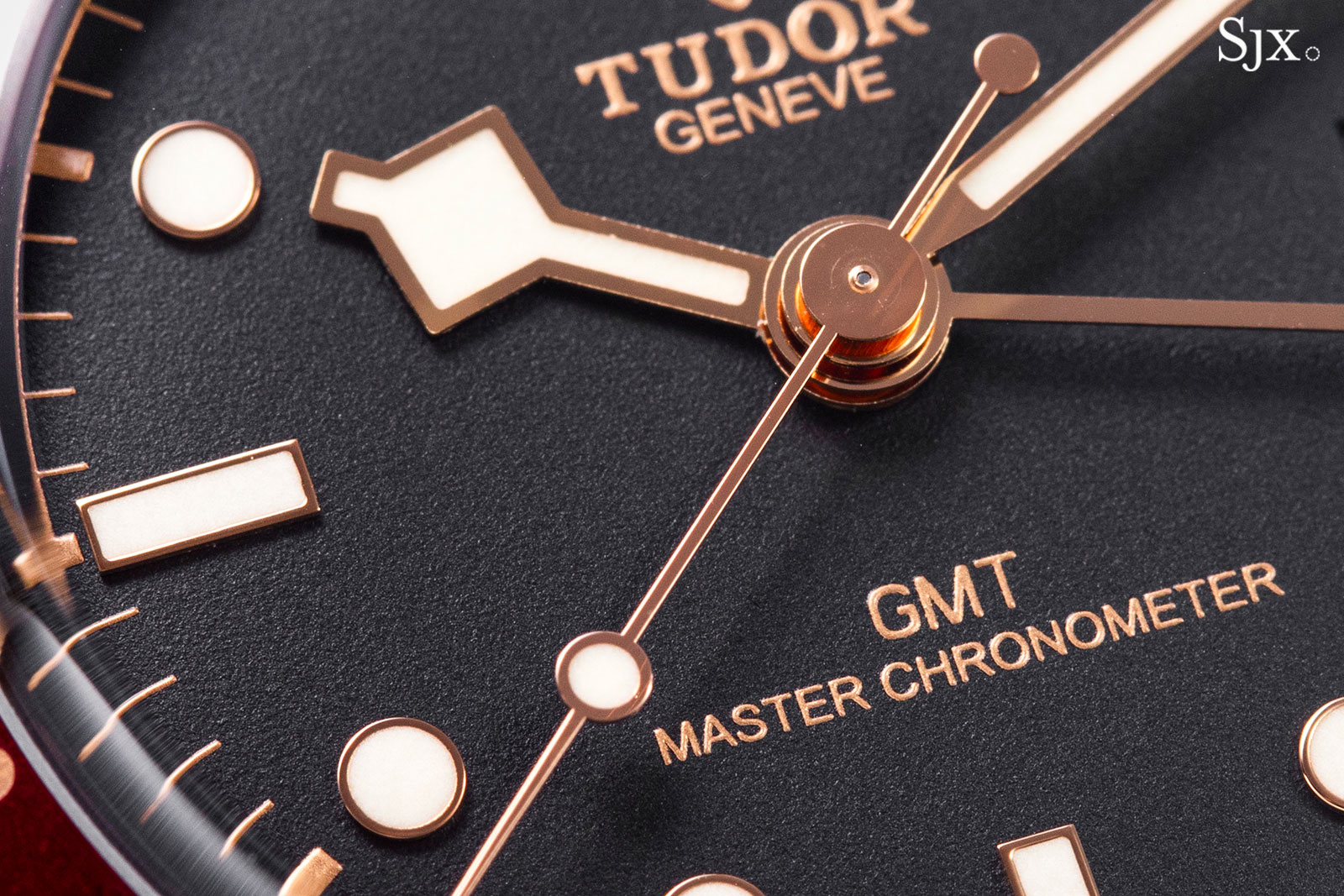
Another is arguably the “rivet-style” three-link bracelet, reminiscent of the first-generation Rolex Oyster bracelets, that Tudor has used for some time. While there’s no faulting the quality of the bracelet, which features the brand’s adjustable “T-Fit” clasp, the faux rivets feel unnecessary.

At just US$4,600 on an Oyster bracelet, the BB58 GMT is one of the best values to be had under US$5,000. In fact, it’s hard to think of another watch that offers as much tangible quality or iconic design in that price range.
The latter may be perceived as either a positive or a negative; while it unapologetically evokes a Rolex design, it does so with implicit authority given its relationship to its sister company.
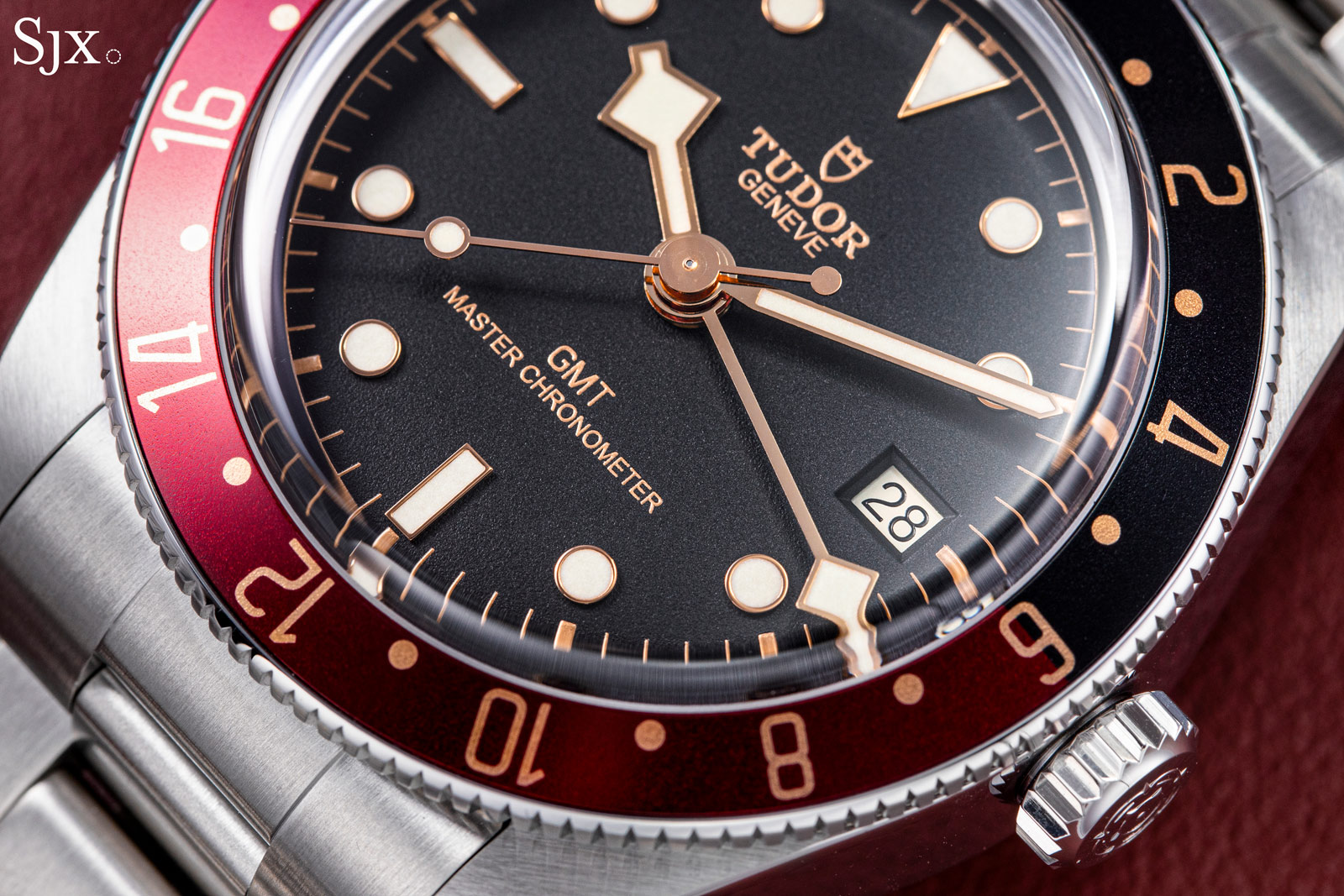
The legitimate heir
Holding the BB58 GMT is like entering an alternative reality in which Baselworld 2005 never happened. That year, Rolex signaled the future of the GMT Master II collection with the launch of the first reference with a ceramic bezel, the ref. 116718 in yellow gold, which was part of a broader move upmarket that ultimately created the market space in which Tudor now thrives.
But since the discontinuation of the ref. 16710 in 2007, there has been unmet demand for a no-frills GMT watch in a classic Rolex livery. Other brands have tried, of course, but these too easily come across as inauthentic if they parrot Rolex’s designs too closely.
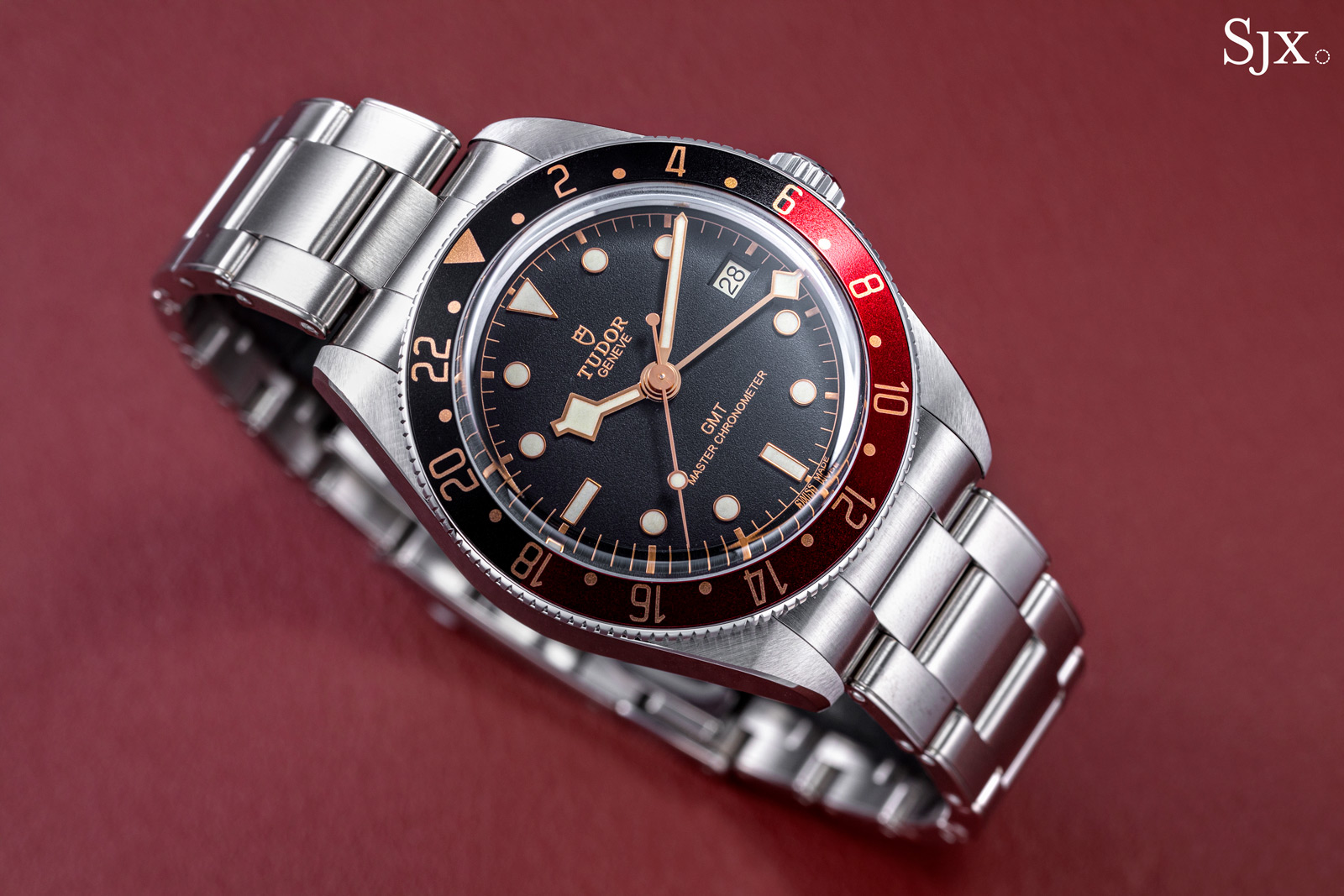
This is where the BB58 GMT is different; it arguably feels like a more natural heir to the ref. 16710 than the ceramic bezel 116710LN that actually succeeded it.
Aesthetically, this comes down to the visual weight of the various components, especially anodised aluminium bezel insert. While it eschews Rolex’s characteristic hands for Tudor’s own signature “Snowflake” hands, and deletes the unfortunate “Cyclops” date magnifier, the BB58 GMT nonetheless exudes the jet set-era romance of vintage Rolex GMT watches.
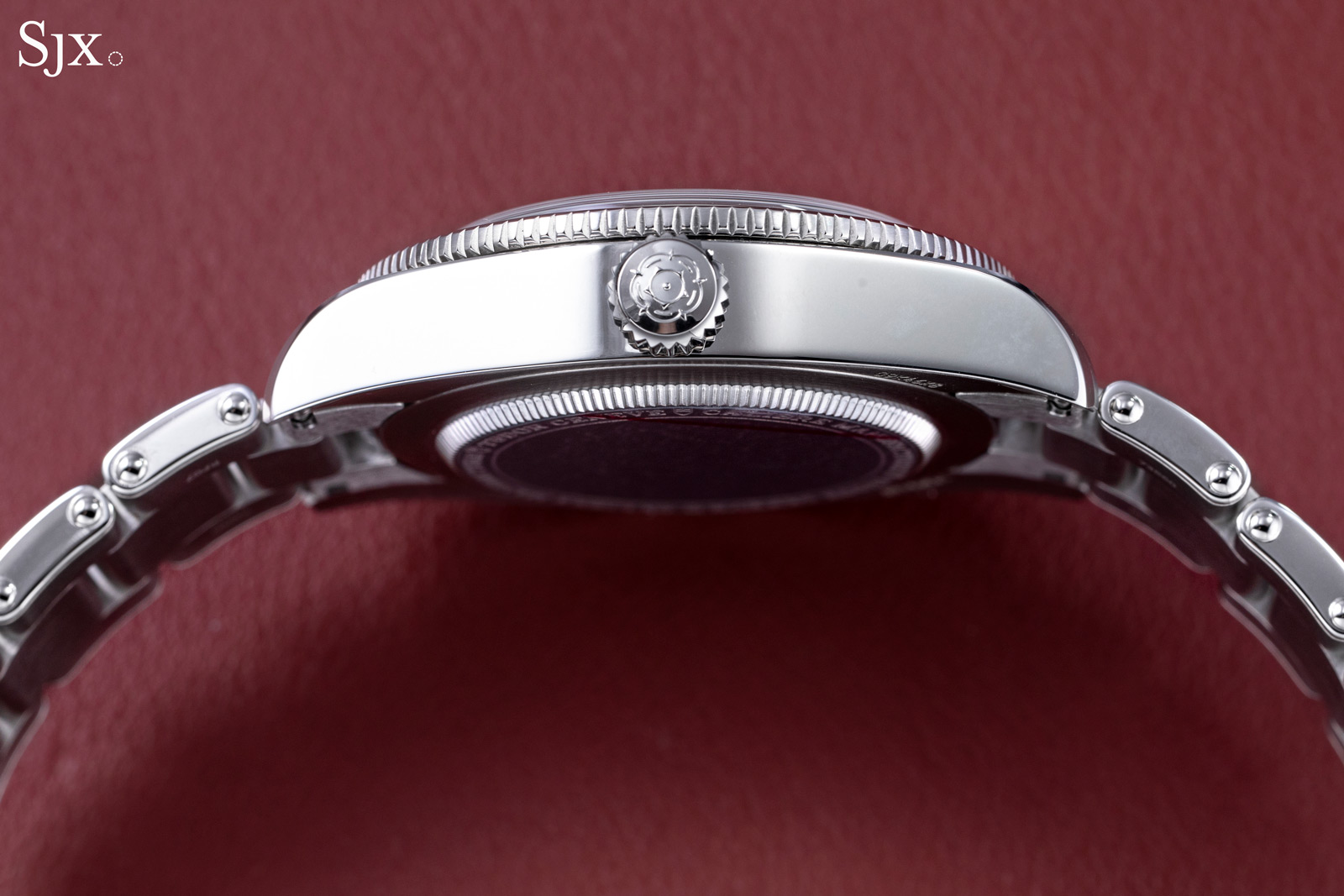
From a technical standpoint, the BB58 GMT is tangibly superior to the source material that was essentially a mid-1980s creation. From the feel of the bezel action to the “T-Fit” clasp with micro-adjustment, it’s a step up in quality.
The movement is also measurably superior. Compared to the GMT Master II ref. 16710’s cal. 3185, the MT5450-U offers 30% more power reserve and is certified to both COSC and METAS standards, a testing regimen more stringent than COSC certification alone.
More broadly, Tudor’s in-house calibres arguably offer the highest specs of all watches in its price segment, reflecting the brand’s substantial investments in manufacturing.
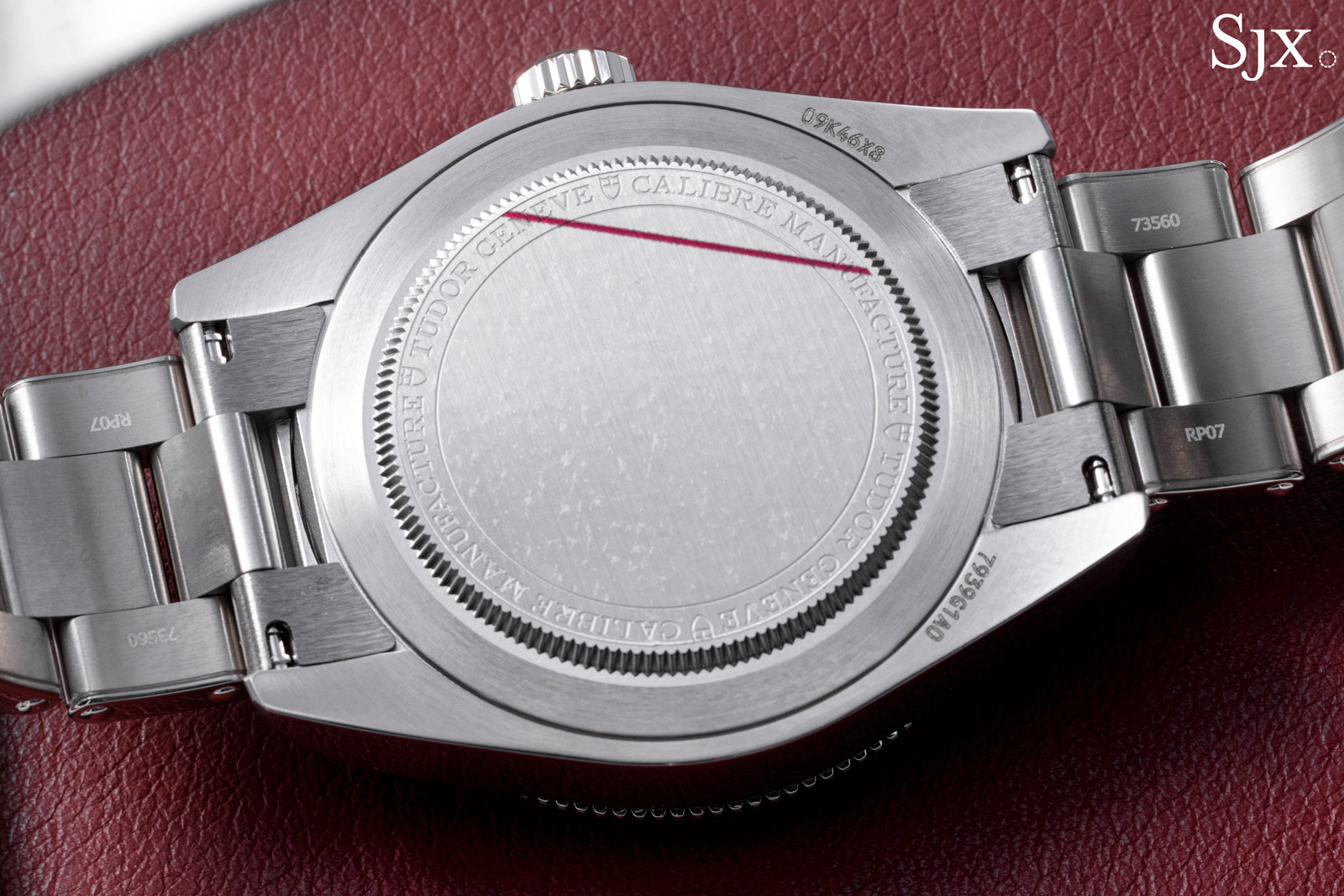
More METAS
The METAS certification is part of a key initiative of Tudor to position itself on equal footing with Omega, which helped develop the METAS standard almost a decade ago. The METAS standard tests fully cased watches, and guarantees the rate to between 0 to +5 seconds per day.
Critically, the METAS testing also subjects the watches to magnetic fields in excess of 15,000 gauss to ensure magnetism resistance. When this standard was developed, Omega had just introduced the Aqua Terra >15,000 Gauss, and the addition of this criteria to the METAS testing standard was clearly designed to insulate Omega from the risk that another brand could easily pass its new test.
But now that Tudor has achieved this capability, certified watches can carry the same “Master Chronometer” label coveted by Omega.

METAS testing at Tudor. Image – Tudor
Paradox of choice
Even though the ink has barely dried on Tudor’s 2024 catalogue, there are already voices calling for models featuring the iconic “Pepsi” and “Pan-Am” liveries in the smaller BB58 format. These are reasonable demands, and I would also add requests for both an Oyster-style bracelet without the gimmicky fake rivets, and a five-link Jubilee-style bracelet like the one available on the Black Bay Master Chronometer.
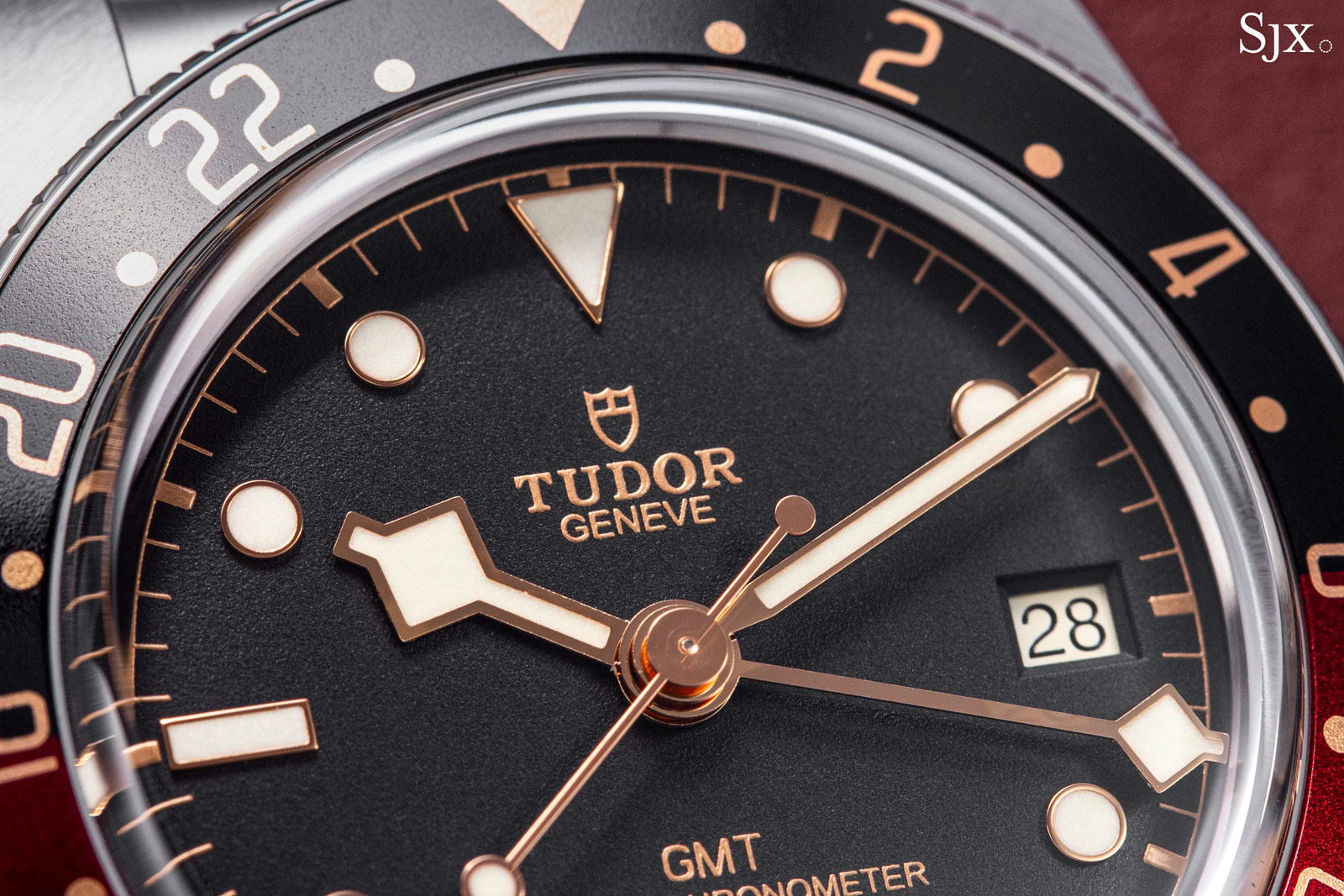
I have every reason to think that we will see these products (and more) released in the coming years. Tudor’s releases tend to follow a pattern, in which desirable features, sizes, and colourways eventually diffuse throughout the collection.
While that’s great news for collectors with a laser-focus on a particular particular function or aesthetic, it could lead to a paradox of choice for the average consumer or new enthusiast, with too many compelling options leading to “analysis paralysis.”
Key facts and price
Tudor Black Bay 58 GMT
Ref. 7939G1A0NRU
Diameter: 39 mm
Height: 12.8 mm
Material: Steel
Crystal: Sapphire
Water resistance: 200 m
Movement: Cal. MT5450-U
Features: Hours, minutes, seconds, date, and second time zone
Frequency: 28,800 beats per hour (4 Hz)
Winding: Automatic
Power reserve: 65 hours
Strap: Steel bracelet or rubber strap
Limited edition: No
Availability: Now at Tudor boutiques and retailers
Price: US$4,400 on rubber strap; US$4,600 on steel rivet-style bracelet
For more information, visit Tudorwatch.com.
Back to top.

